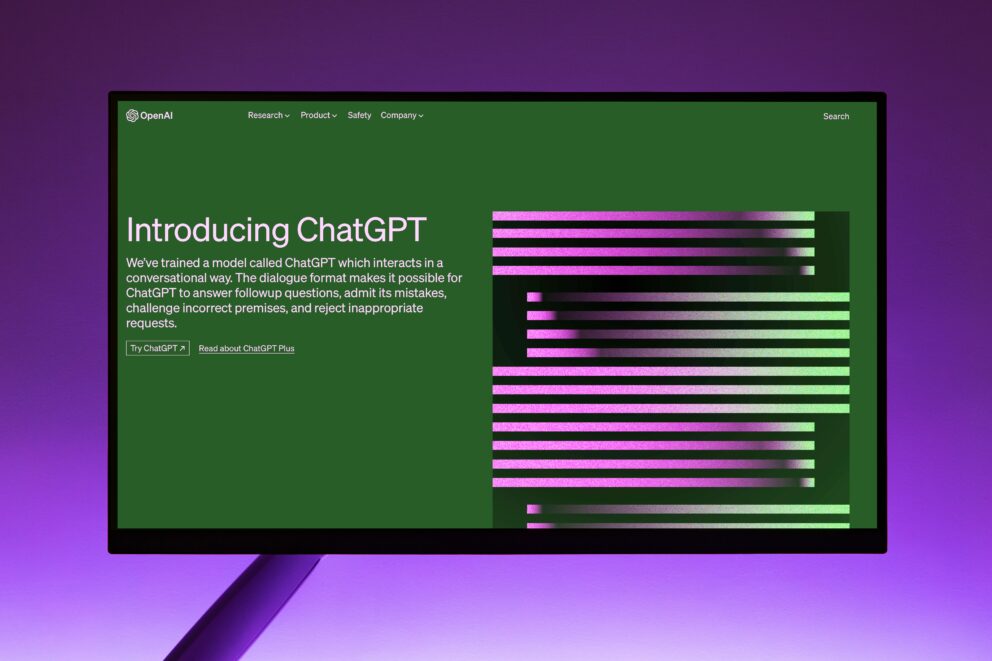- Create a naming guide: official product names, abbreviations, taglines, and boilerplate.
- Ensure consistency across your website, LinkedIn, G2, partner sites, and PDFs.
- Inconsistent naming makes it harder for AI to confidently “recognize” you.
4. Open the Right Content (Don’t Bury It in PDFs)
- Convert key assets—like implementation guides, feature comparisons, and FAQs—into HTML pages.
- Keep forms for in-depth content, but make core details freely accessible so AI tools can surface them.
5. Clean Up Listings and Reviews
- Regularly update G2, Capterra, cloud marketplaces, and distributor portals.
- Standardize summaries, categories, and screenshots.
- Encourage customers to include outcomes, integrations, and time-to-value in reviews.
6. Use Comparisons to Control the Narrative
- Create neutral, honest “X vs. Y” pages for your category.
- Include a table showing when each solution is the better fit.
- These pages help you show up in direct vendor comparison queries.
7. Cover What Internal Search Tells You
- Review site search logs and support tickets monthly.
- Build or update pages for terms with repeated queries but no good results.
- Let your buyers’ own words guide your content roadmap.
Scoring Your Maturity
- Mostly Reactive: Start with foundational plays—customer onboarding, early success stories, CS-Marketing alignment.
- Mostly Opportunistic: Prioritize structure and repeatability. Build your first true advocacy pipeline and success metrics.
- Mostly Programmatic: Focus on scale, personalization, and cross-channel integration.
- Mostly Predictable: You’re leading the way. Double down on customer-powered innovation and thought leadership.
Measurement That Matters
It’s not just about rankings anymore. Track:
- % of buyer FAQs covered on your site
- Visibility in AI overviews and featured snippets
- Consistency of product listings across third-party sites
- Review volume and freshness
- Conversion performance on updated product pages
A 90-Day Kickstart Plan
Days 1–30
- Ship 10 FAQ answer pages
- Refresh your top 3 product pages
- Create a one-page naming guide
Days 31–60
- Launch review outreach with customers
- Convert 3 critical PDFs to HTML
- Publish 2 comparison pages
Days 61–90
- Audit and clean up distributor/marketplace listings
- Add author bios and a “trust hub” page (security, compliance, uptime)
- Mine internal search logs for 5 new content opportunities
Conclusion
In the age of AI, B2B brand discoverability is the difference between being on the shortlist or being invisible. If buyers can’t find you, they can’t choose you. Clear answers, consistent product info, and fresh reviews aren’t “nice to haves”—they’re the difference between showing up in the shortlist or being invisible.
But remember: your visibility is only as good as your data. Outdated, inconsistent inputs mean you get ignored. Garbage in, garbage out.
This isn’t a one-and-done project—it’s ongoing. If you’d like to talk about how to put these steps into practice, reach out to our team at accelerate@heinzmarketing.com.







